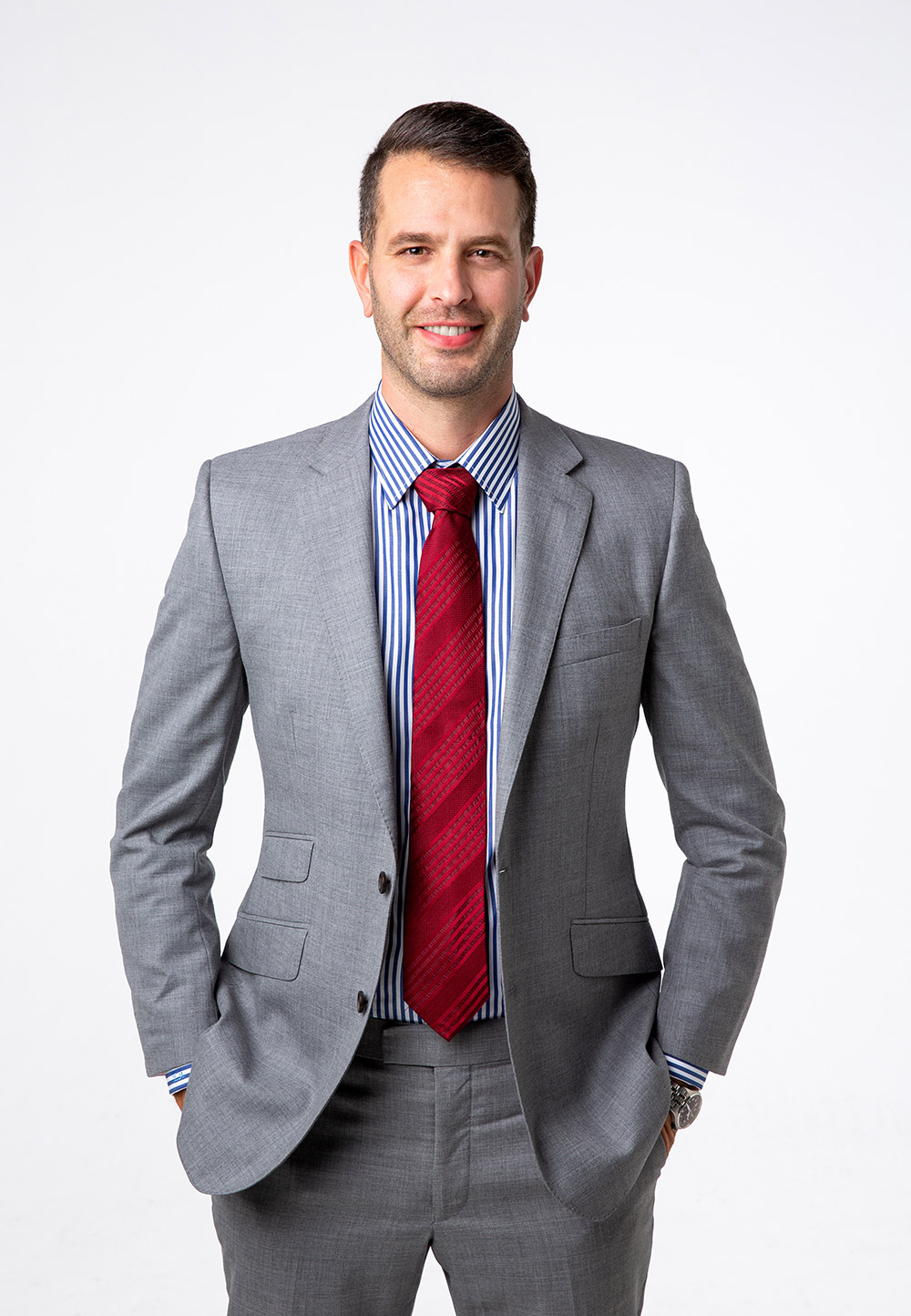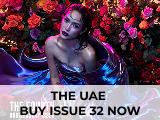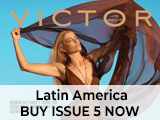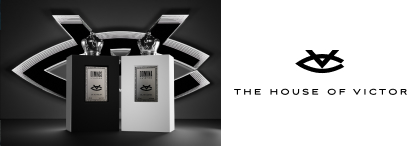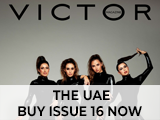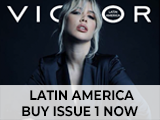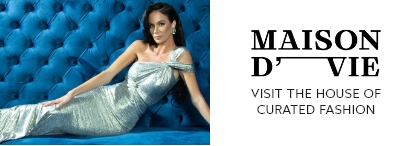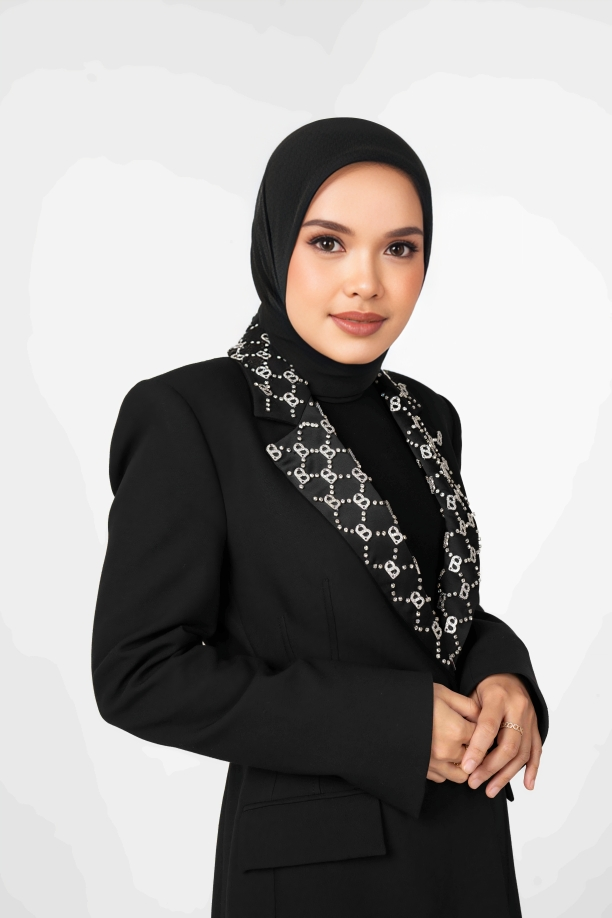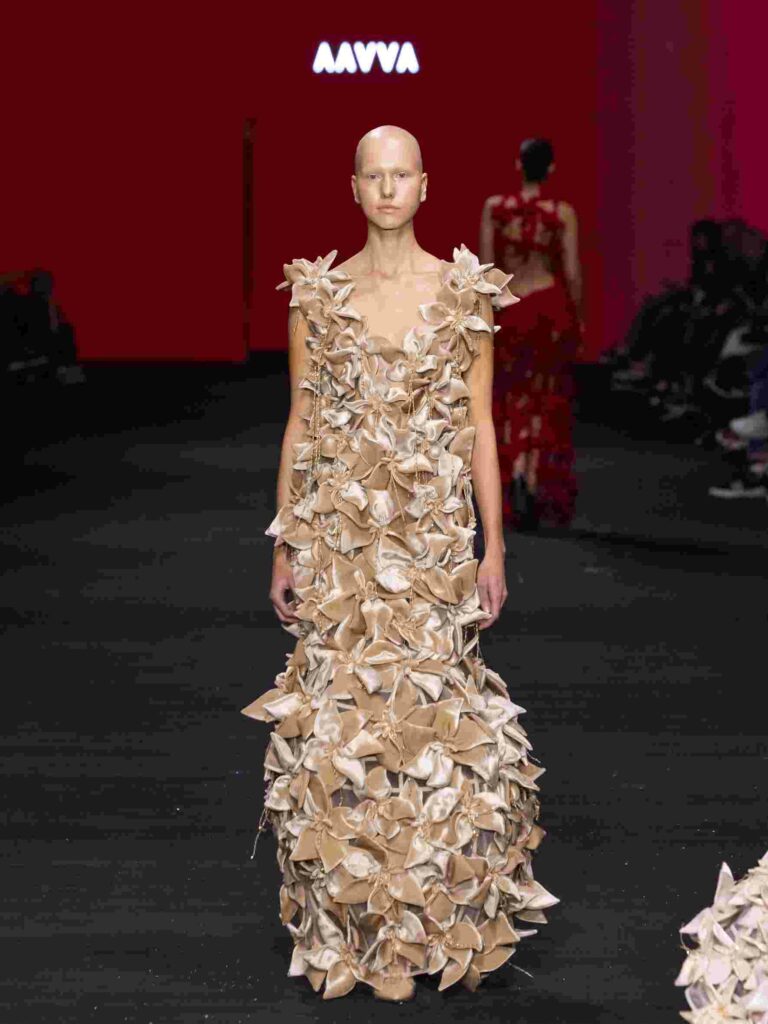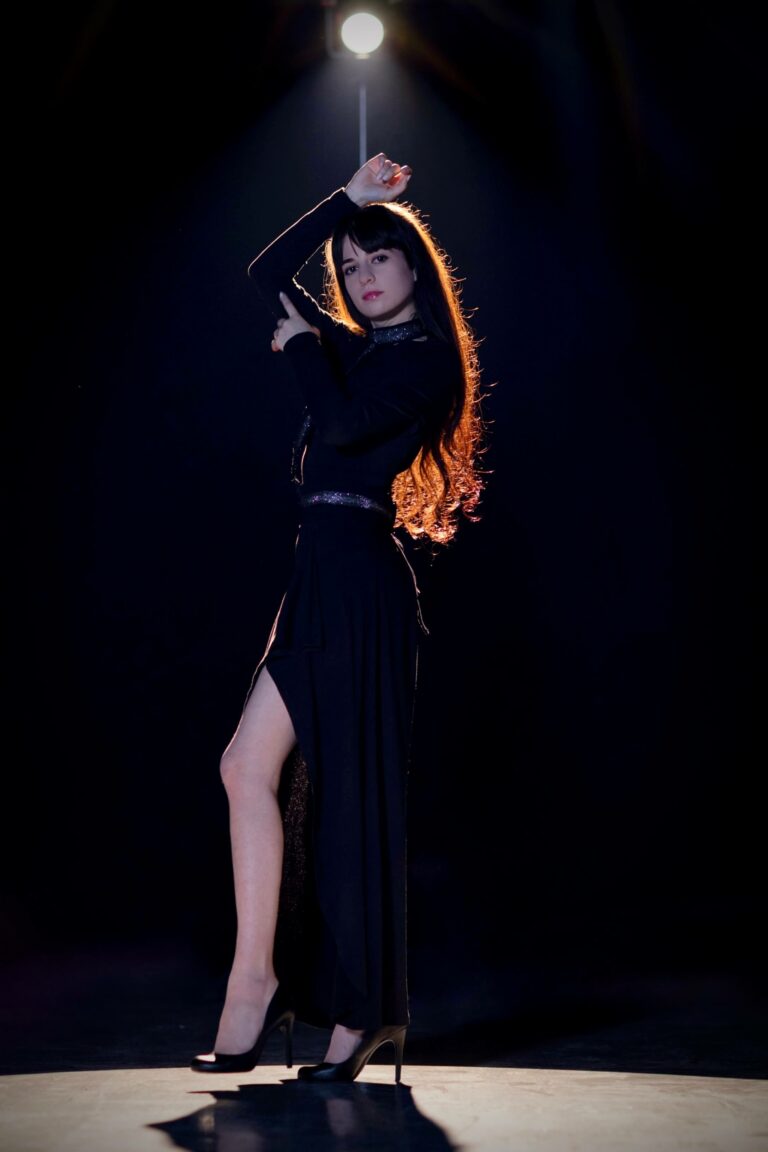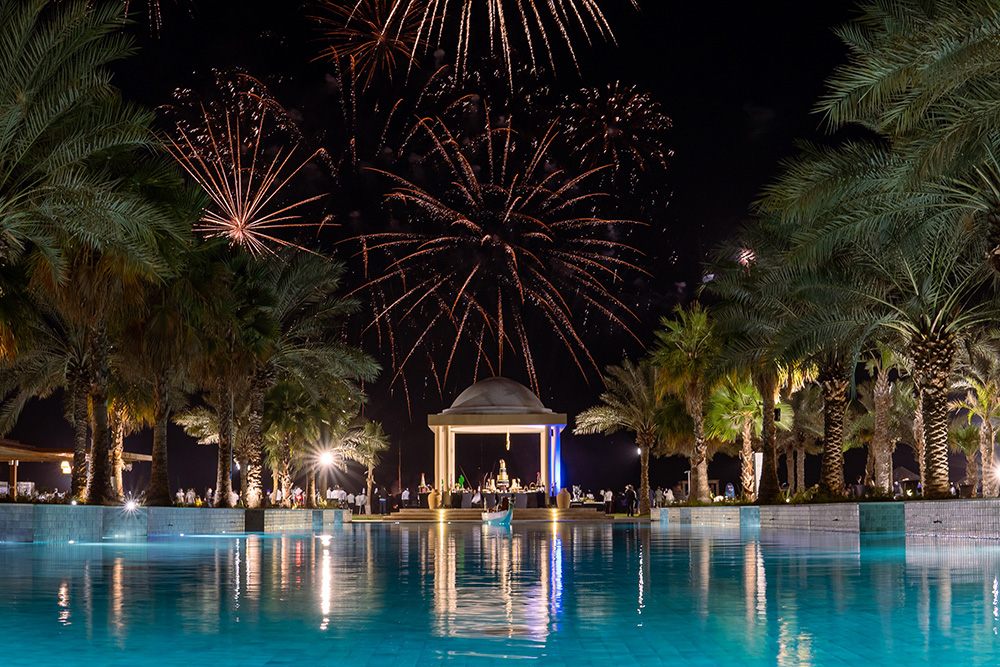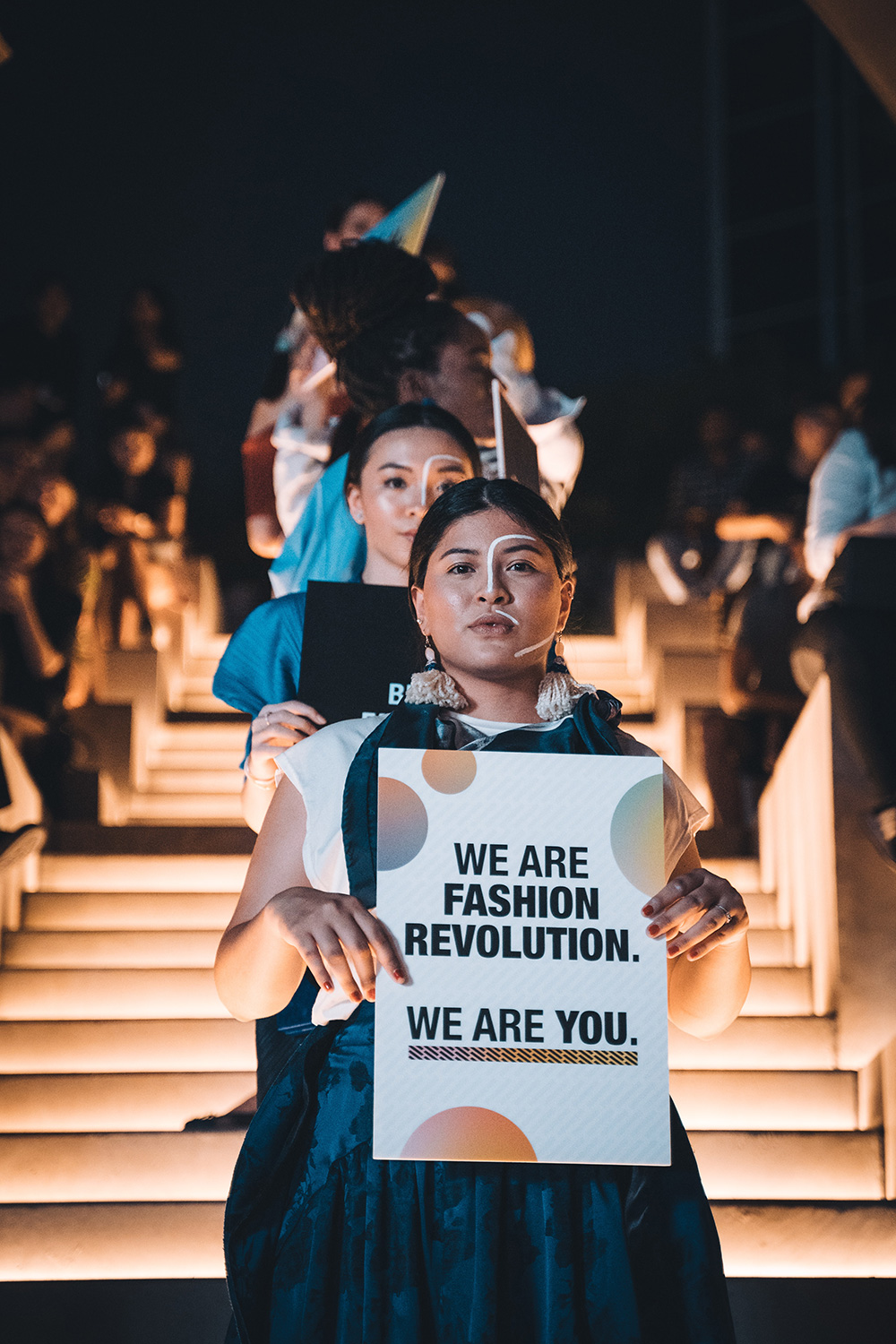
The Oriental Angle
Priya Ramchandran

- Photo by: Alice Alinari
The 21st century will be a century of reckoning fashion as an entity that knows no boundaries. Driven by both opportunity and necessity, the industry is not just about runway models and celebrity endorsements (sorry to burst your bubble). The industry prides itself with astounding talent, mind-boggling trends and agile innovative ideas. Today, let’s have an inside scoop on why Asia could be the new fashion superpower.
Asia – a world unto itself with new quirky styles so unique, that perhaps are incomparable to trends elsewhere in the world. We are in no way undermining the efforts made by fashion superpowers Milan, London, New York and Paris for having inspired the world. We are simply in awe of the systematic, intentional and conscious breakthrough of Asia in the ‘fashion abode’.
Clean-cut silhouettes, minimalism and the use of fashion as a primary form of expression – Asian fashion caters to the masses. Some may have missed the bus and not considered it ‘luxury style’ in most parts of the world but streetwear in international markets like China, Japan and Korea have a different take on the subject. They have embraced streetwear on the same level as other luxury purchases, and in doing so have reported much higher average spending than the western consumers. From the glittering street-style in Seoul to the outrageous cartoonish outfits in Harajuku, cutting-edge clothing is found throughout this glorious continent.
Although trade routes have existed since ancient times, changes in trade, invasions, wars, and the increasing movement of people in the middle ages introduced new ideas, designs, fabrics, and elements of Asian costume to Europe. Let’s take Dubai for example. Middle East’s reputation as a fashion epicenter is unlimited and the trend-setter Dubai is unquestionably the hub for the global fashion industry. Although diverse fashions can be traced back to specific regions, the overall effect is a vast collection of clothing traditions adapted and adjusted to the demands of the nation, especially in terms of local climates and activities.
The kaleidoscope of global fashion appearances started seeping through the rigid cracks of Chinese vistas since the country’s economic reforms took shape in 1978. Modern European culture was welcomed without consolidating their abandonment of their own culture during the Cultural Revolution. Nicknamed the Paris of the Far East, the modern-day Shanghai is definitely a metropolis that knows its fashion.
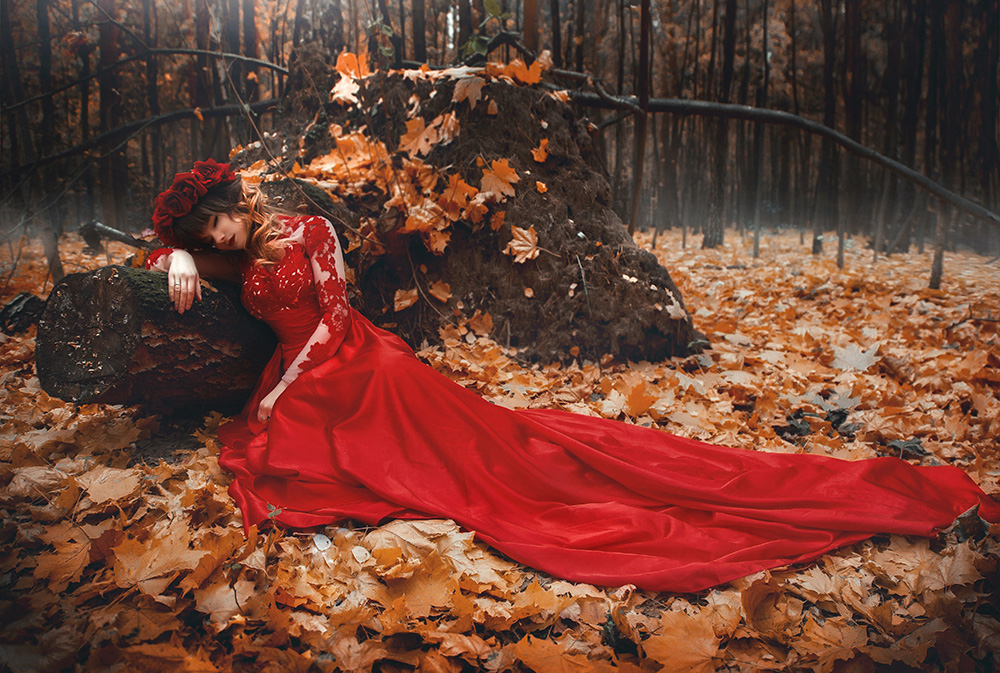
Over time Asian couture has played an increasing role in the world economy, and subsequently the fashion and luxury market. As the biggest city on the planet in terms of population and ranked the tenth most fashionable city in the world – yes, even ahead of Milan and Madrid – Shanghai doesn’t disappoint when it comes to all things fashion. The national build-up in the domain of industrial textile production, along with the great rise of consumption in both national and international markets, has led to the immense surge of the continent’s GDP, especially China.
Hong-Kong, ranked the fourth most fashionable city in Asia, makes a domineering impact in its fashion scene. While embracing authentic Chinese culture with an excellent fusion of Western styles, the shopping scene in Hong Kong balances its lively street markets selling silky Chinese kimonos and high-end department stores offering items labeled with the world’s most impressive names with ease. Hong Kong is a shopping haven; the goods are tax free and the prices are always lower than those found in other countries.
The Far East’s open market allows international brands to engage with the flux of luxury shoppers, making it a retail paradise for visitors. The Japanese superpower Tokyo (a fashion capital within its own right) reigns supreme with its unusual (bizarre for some) out of the box styles. Watch any local passer-by in the city, students to businessmen, geishas to the busy working women, we promise your jaws will drop!
For the average Japanese teenager, fashion is an act of self-expression with a display of a variety of designs and cartoonish eccentricity coupled with a fashion complexity. Expect bright flamboyant colors, outlandish make-up, layered textures and dramatically bleached hair. Even if it may seem a bit outlandish and overwhelming to emulate, the fashion scene in this country garners sheer admiration for the unconventional trends. Tokyo Fashion Week is ‘dress to impress’ irrespective of what you do – whether you’re simply roaming the city, watching the shows or strutting your stuff down the runway. Perhaps the most important fashion event in all of Asia, Amazon Fashion Week Tokyo is an event to sashaying newly-found elite designers and lines throughout the city.
Think maximalist approach with minimalism to a completely different level. Think Seoul!
The soul of Seoul lies in its stylish people unconventionally combining high street fashion with high-end lines. It is really impressive to note how Korea’s best brands don’t expect you to break the bank to look a ‘million dollars’. Fashion in Seoul is incredibly trend-driven and influenced by K-pop stars and K-entertainment. Seoul’s fashion scene has no interest in trying to impress the high-end industry influencers and gain media attention. It is unique and focuses on the inclusivity of the individual.
Specialization in some discipline or great expertise has been a reliable path to success. However, for the future, it is advised to adopt the generalists’ approach. With its broad approach to ideas, the Asian fashion scene has taken advantage of the opportunities, unraveling its mysteries and mesmerizing culture to the world.
Here is the real point. Asia keeps surging ahead to maintain its well-deserved position in the American and European fashion scene. While not everyone will be a fashion capital, everyone will need to keep sharpening their axes to flourish in the VUCA (Volatile, Uncertain, Complex and Ambiguous) 21st century. The fact is, the Far East being one of the most influential and powerful cultures in the world definitely helps ascertain its position. Who gets the coveted ‘global-fashion-leader’? Well, we are waiting.
Sung Hi Lee – South Korean Model & Actress
By Author

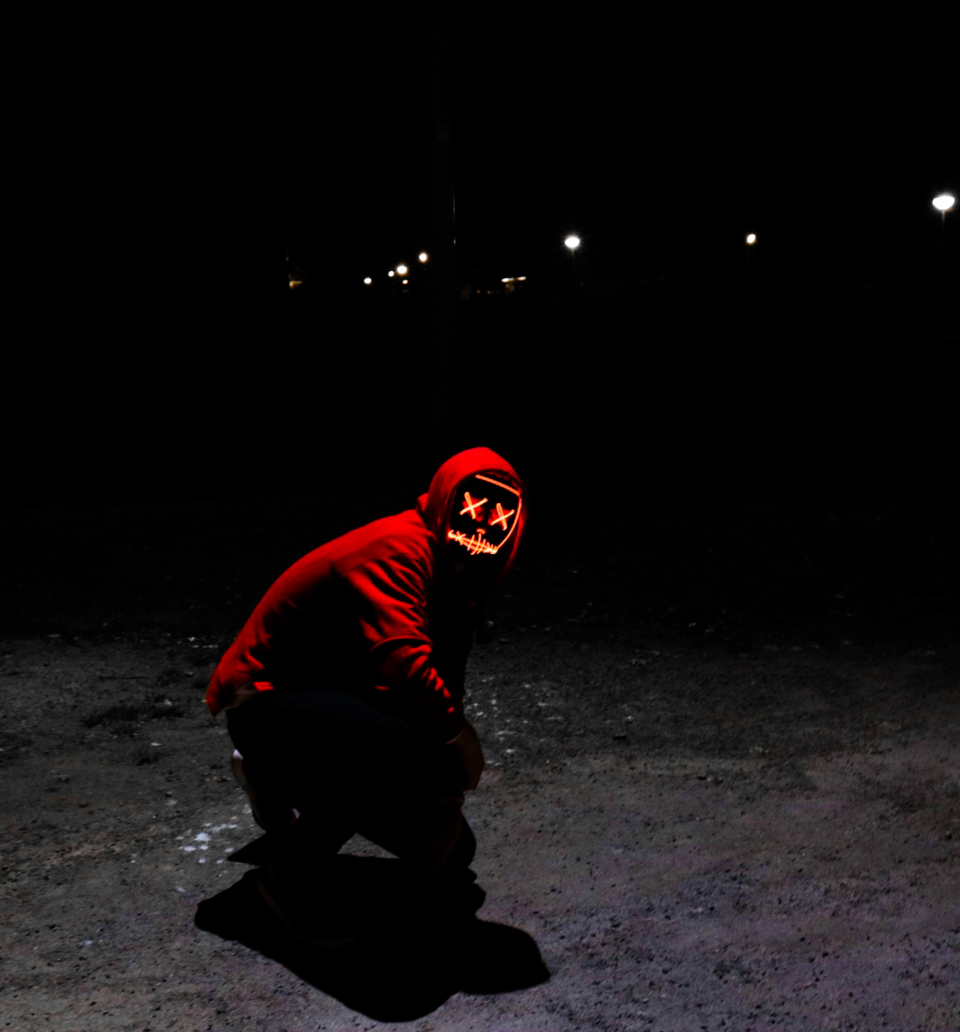
Happiness lies on the other side of the limelight…or does it?
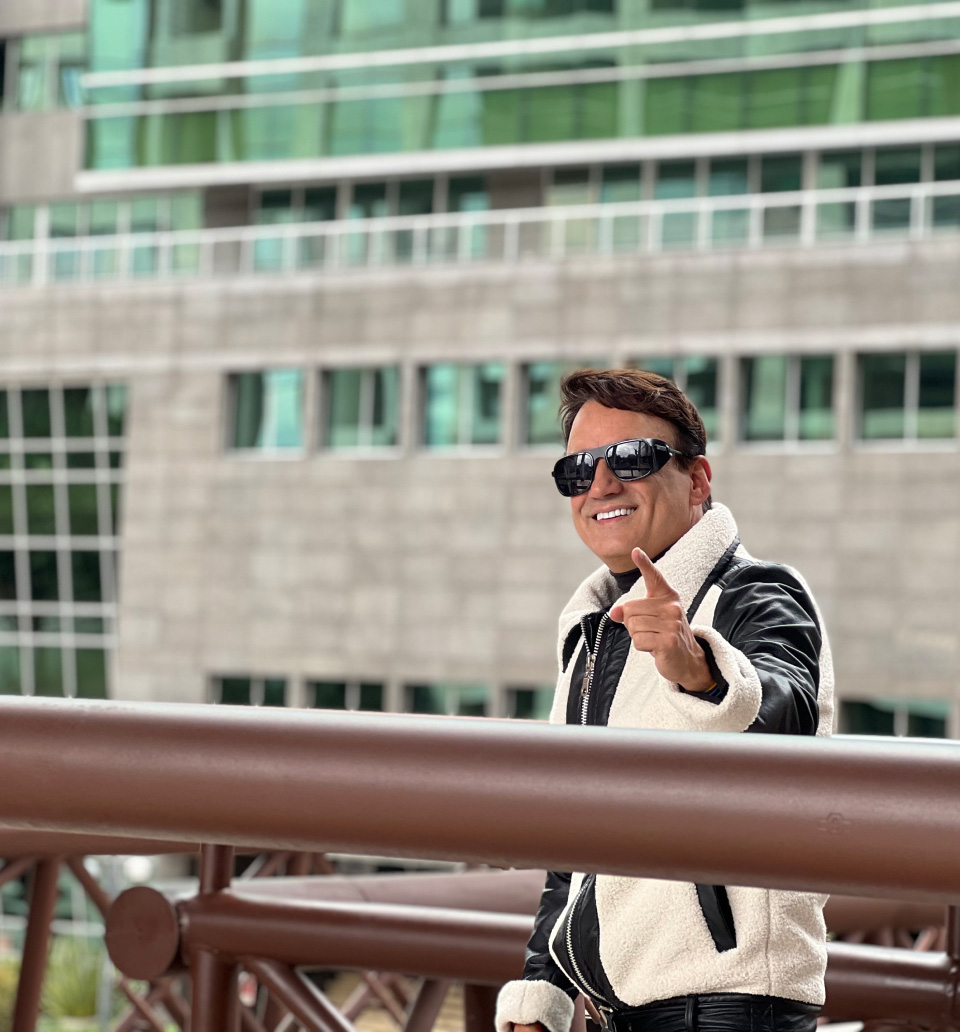
The Midas Touch: Interview With Sergio Barbosa
no related post found
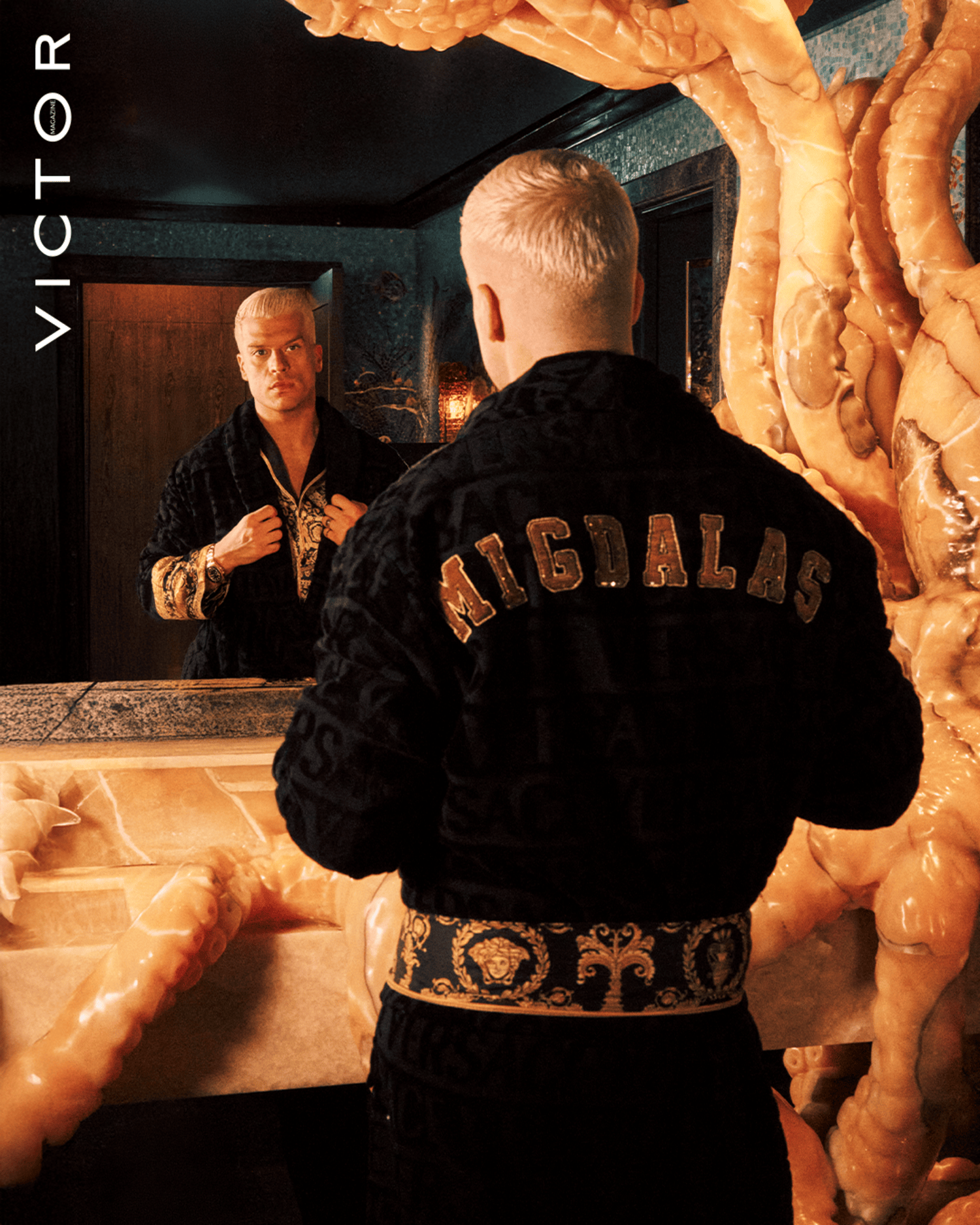
Beyond the Expected: John Migdalas on Today’s Luxury
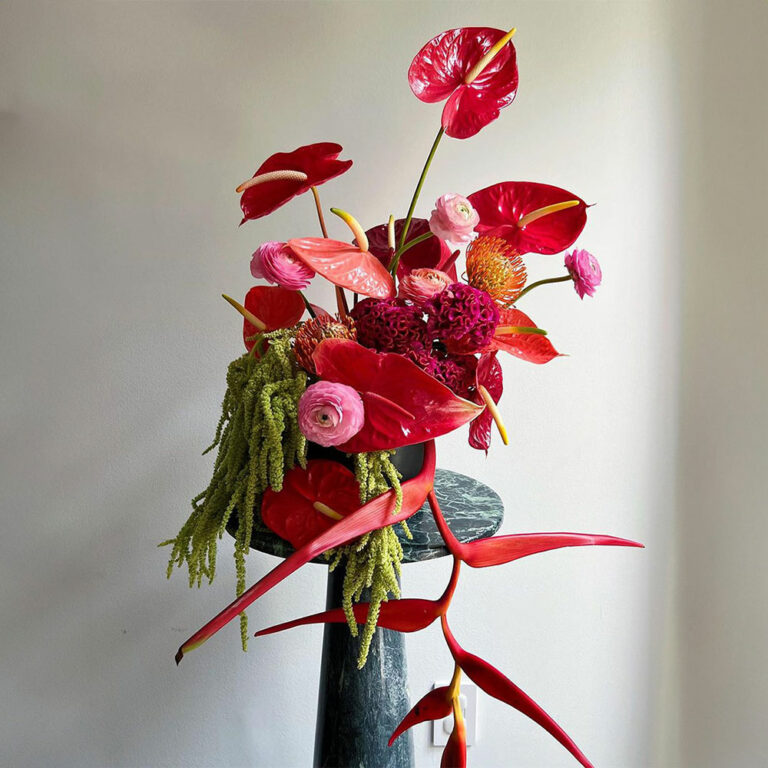
“Flowers are our favorite F word!”

Indulging in Love and Flavor at Playa: A Valentine’s Day Delight

Beyond the Expected: John Migdalas on Today’s Luxury
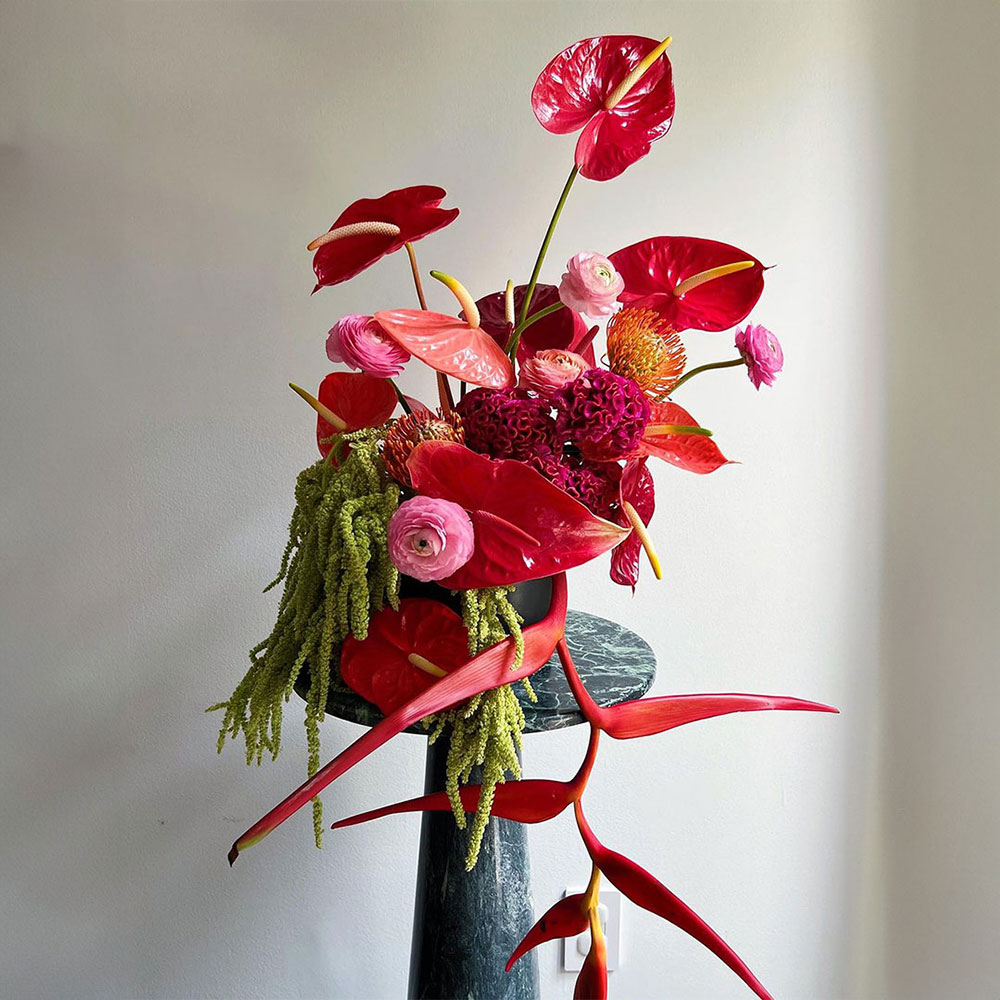
“Flowers are our favorite F word!”

Indulging in Love and Flavor at Playa: A Valentine’s Day Delight
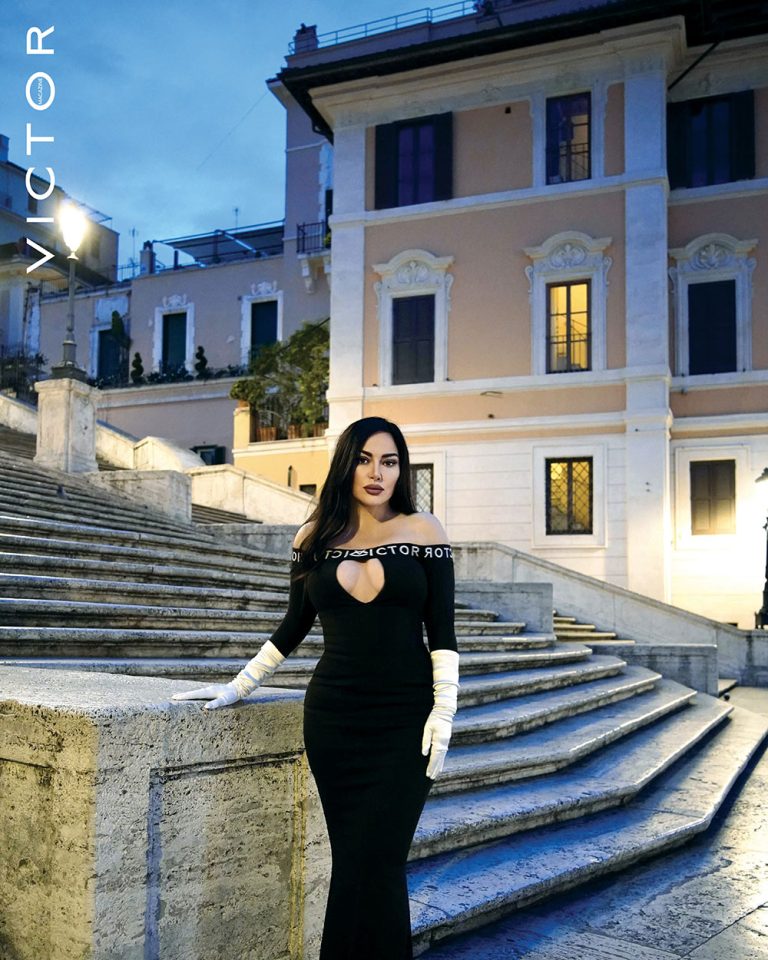
The Muse Bee: Benedetta Paravia
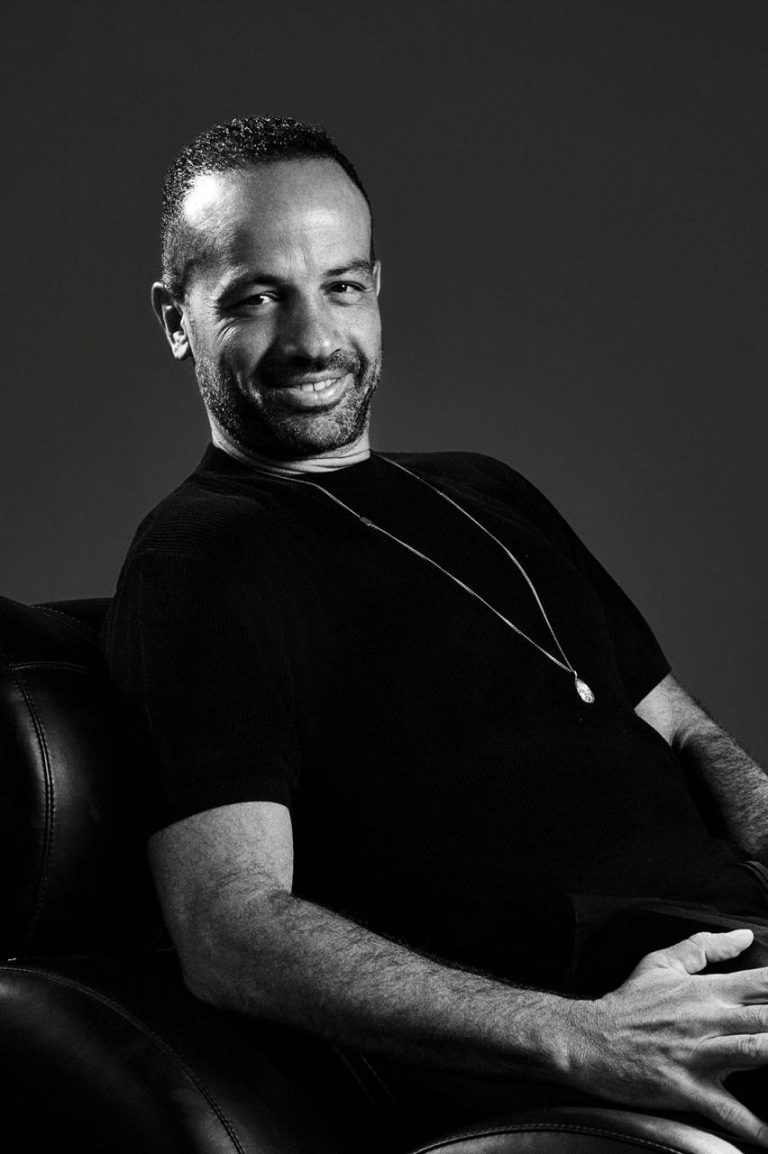
The Architect of Hits: Mousa Essa on RAW’s Unbeatable Formula
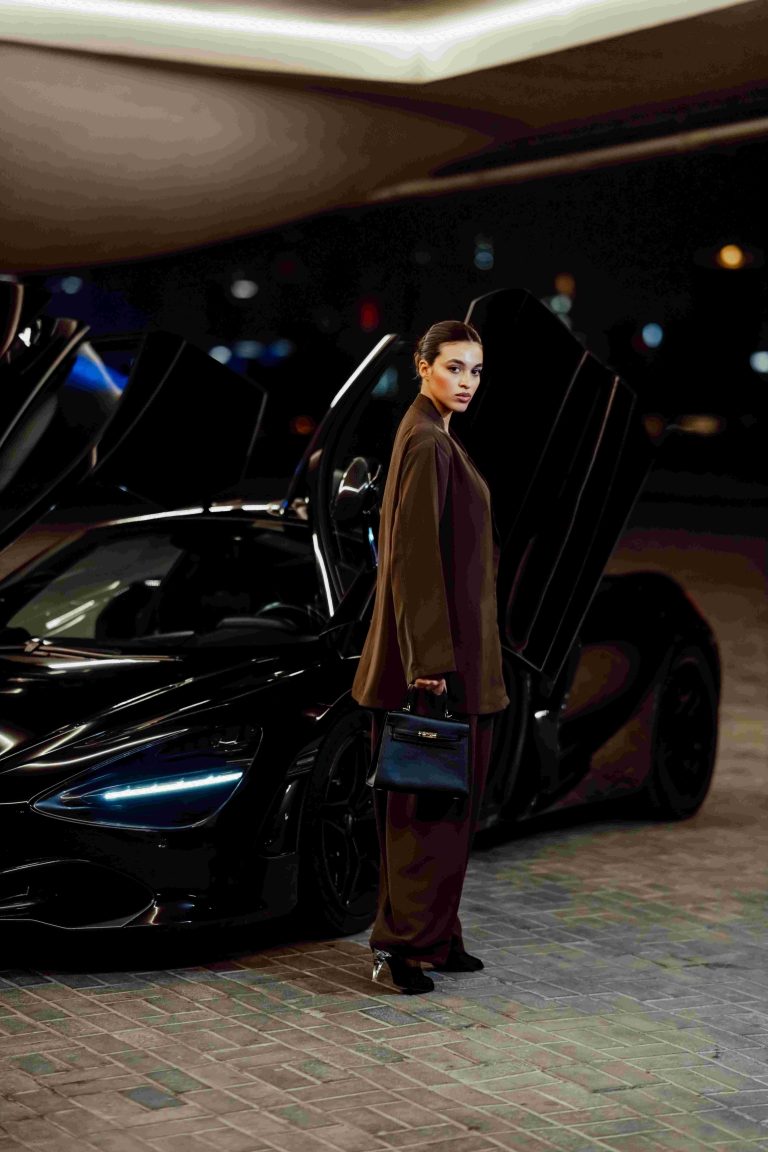
related POSTS
